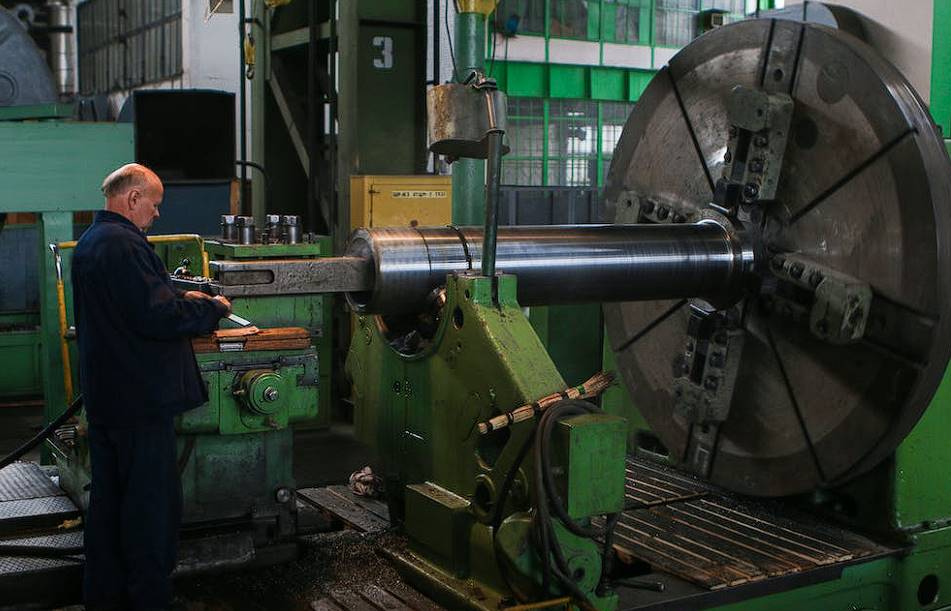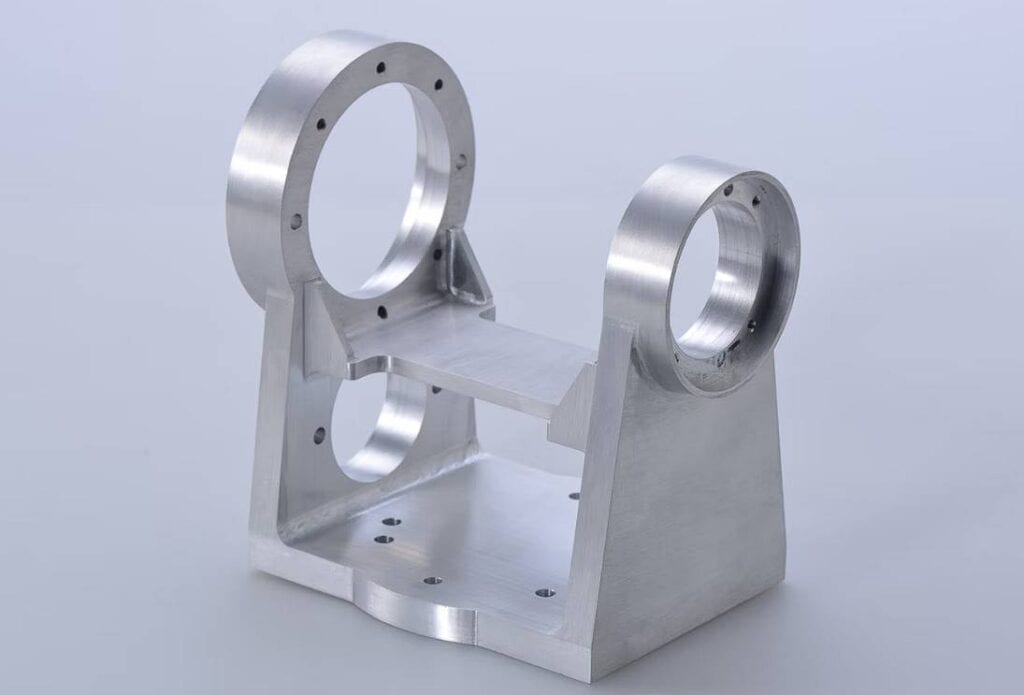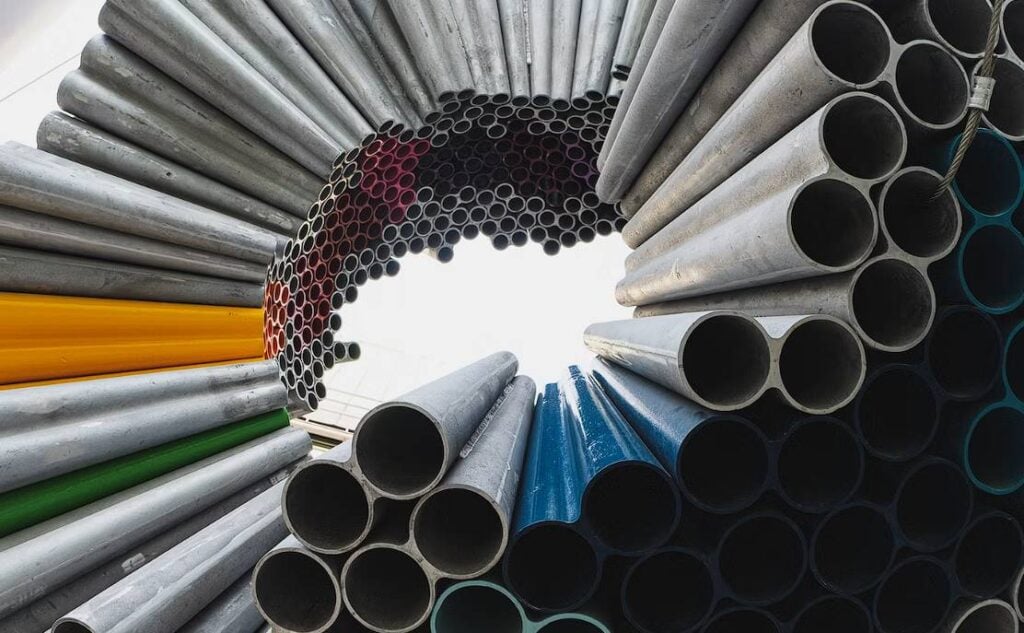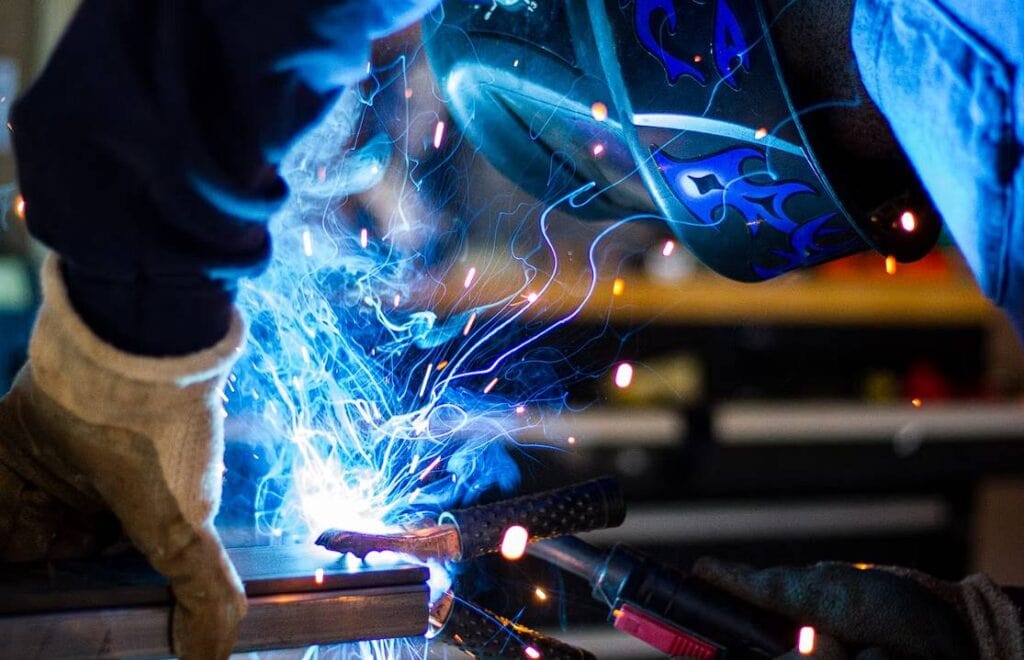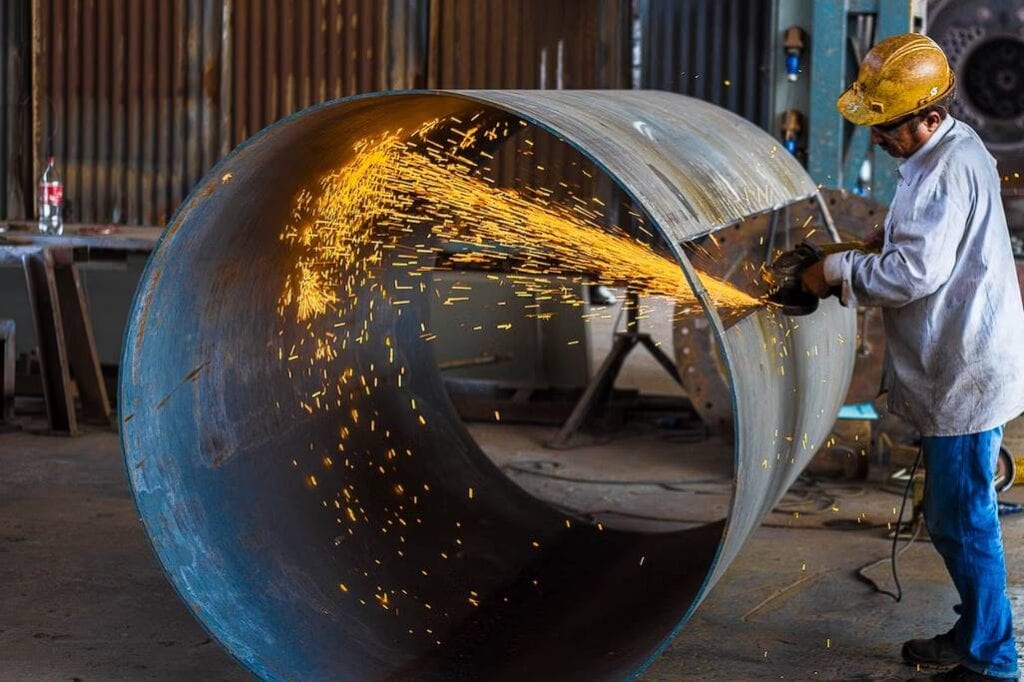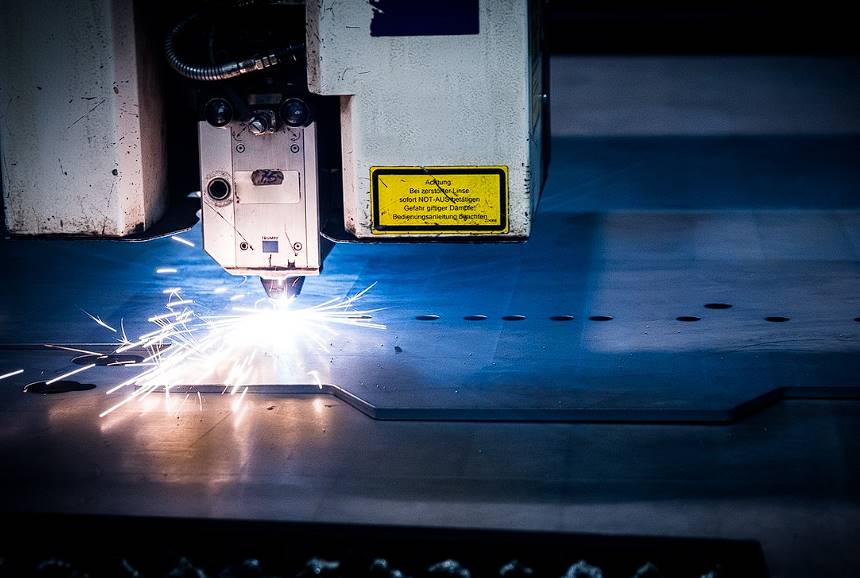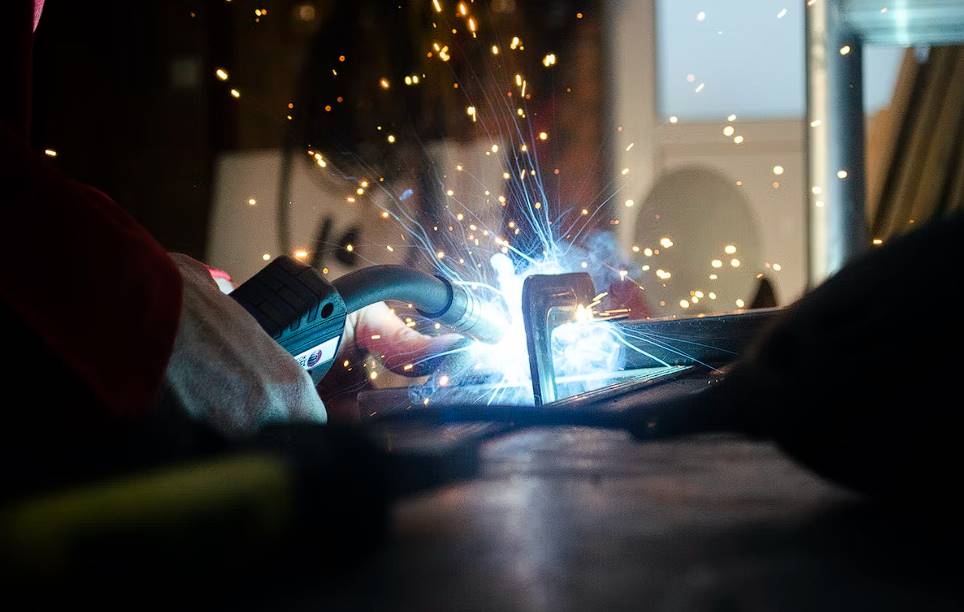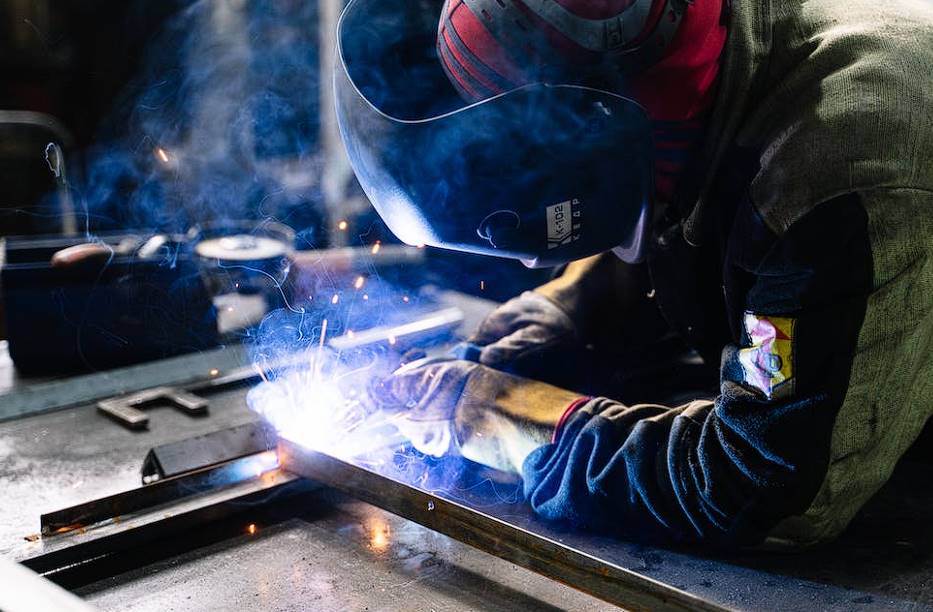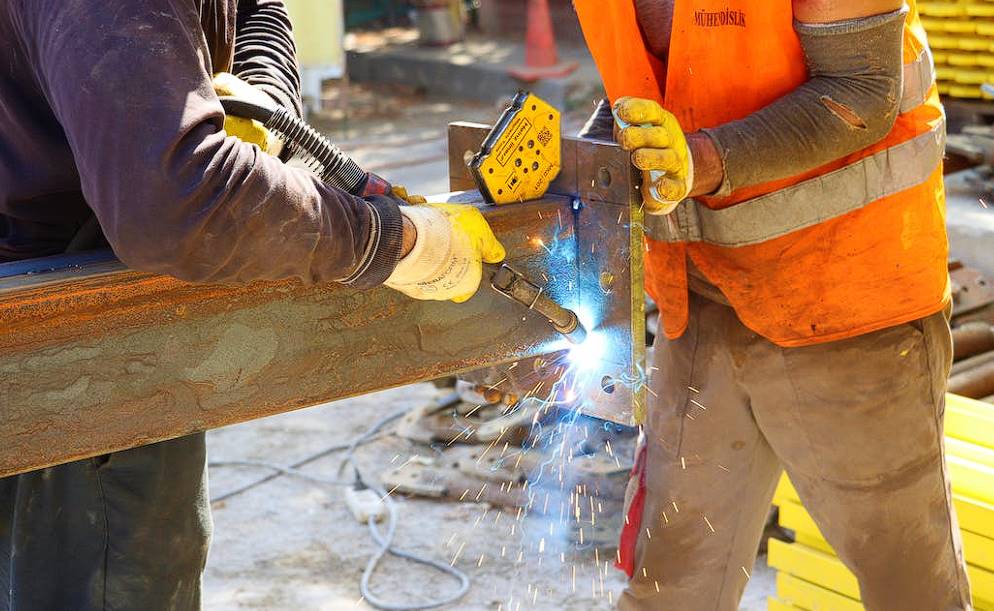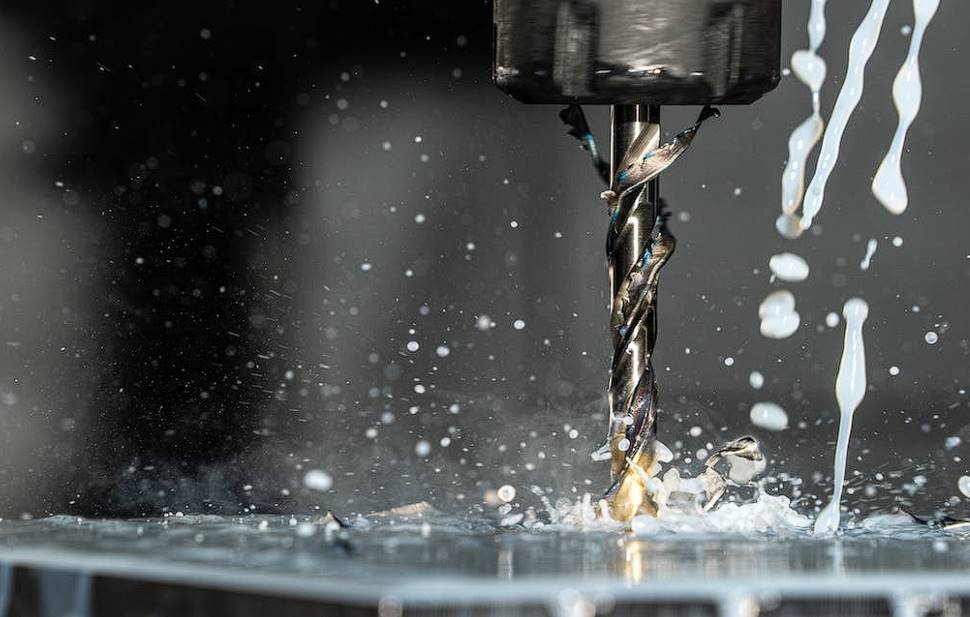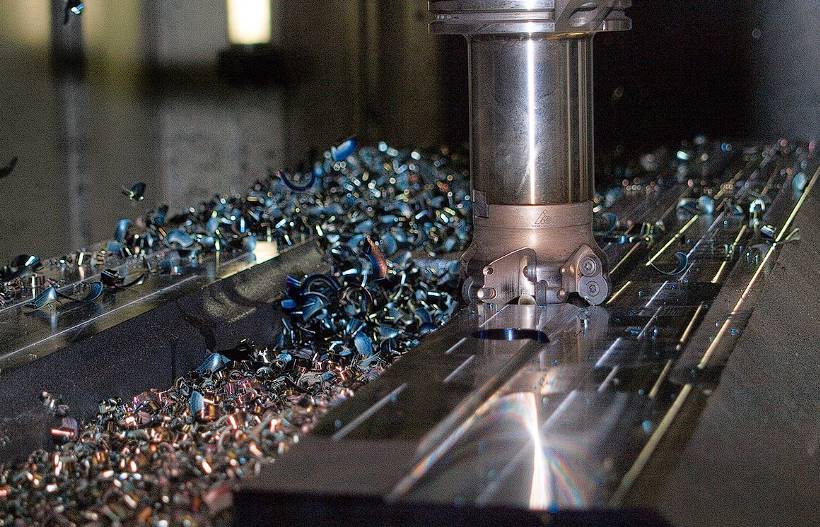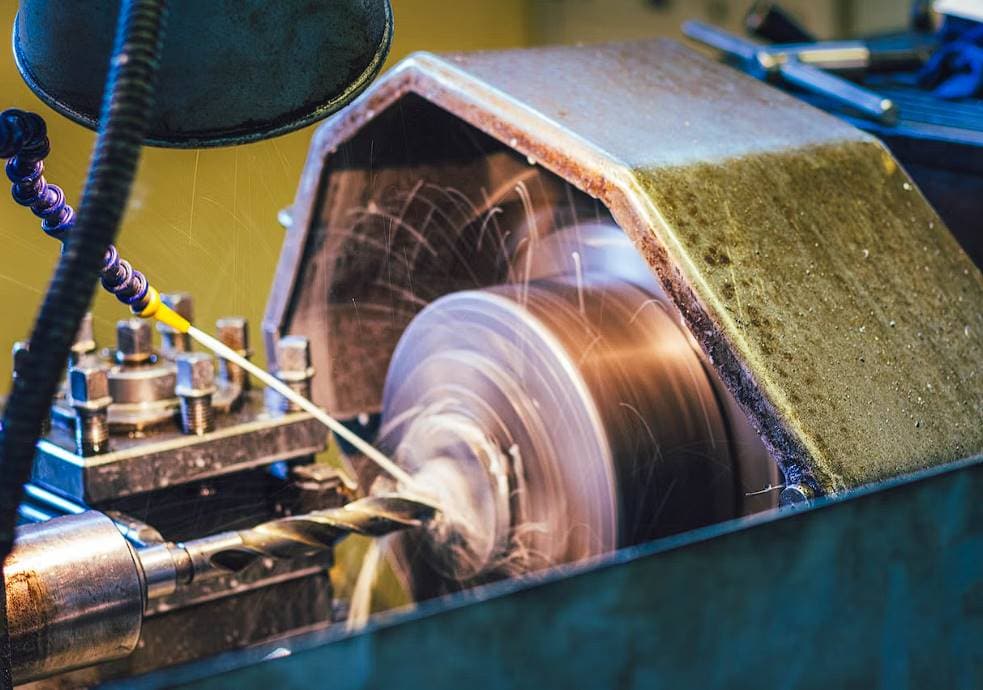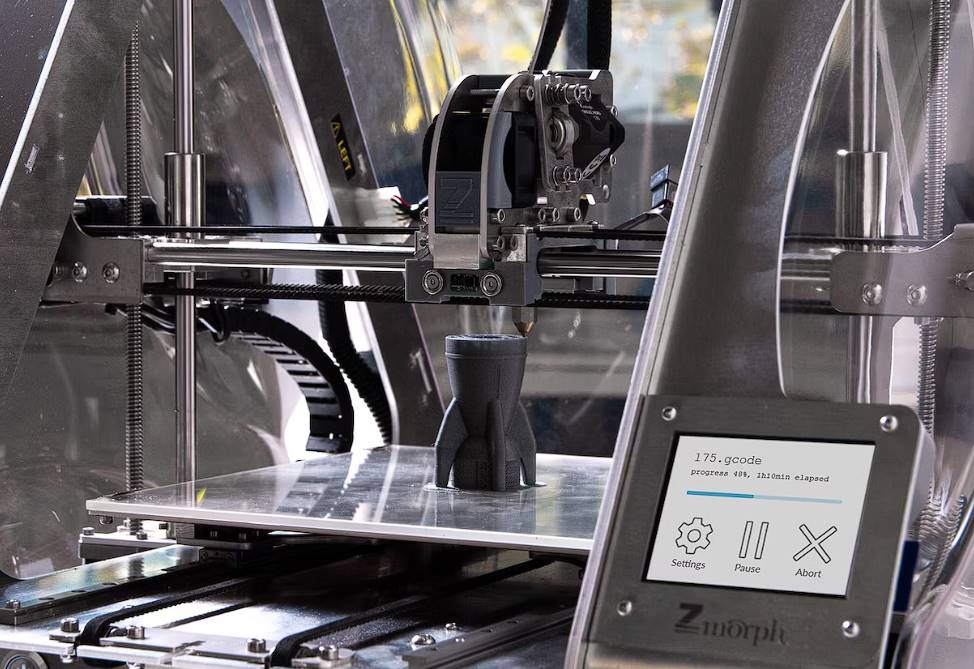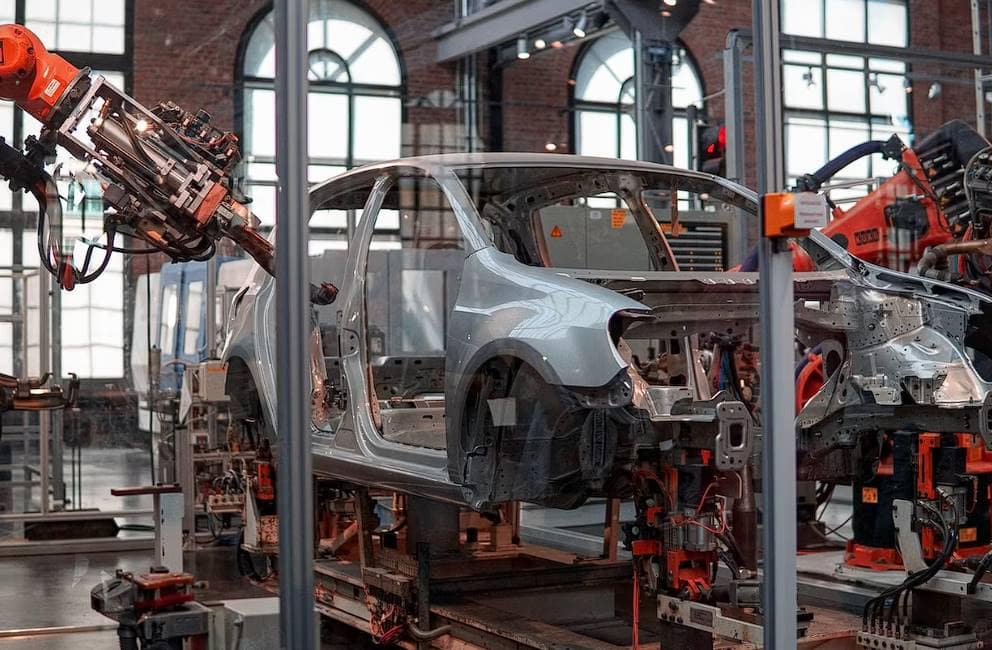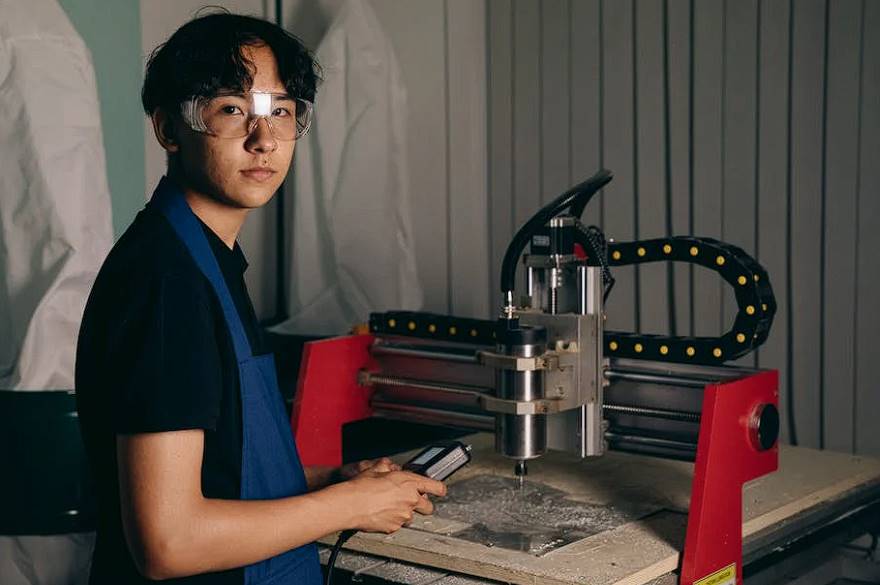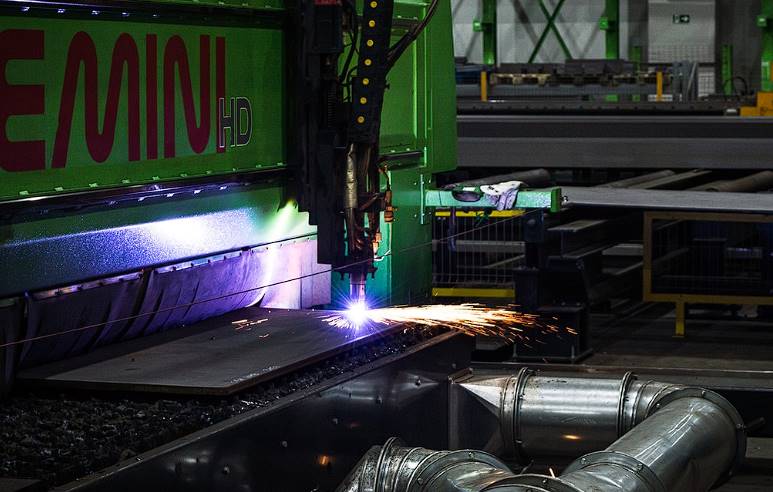Rolling metal is an interesting procedure that has greatly improved the malleability and adaptability of metals for use in various contexts. Metal rolling is essential in many fields, including manufacturing, automotive, aerospace and construction, as it may turn ingots into precision sheets or give complex shapes to diverse metal components.
In this piece, I'd want to take you on an interesting journey through the history, current practices, and possible future metal rolling applications. The method that gives metals their remarkable strength, flexibility, and beauty is about to be revealed, so get ready to understand the ins and outs of it.
What's Metal Rolling?
In metalworking, rolling is a metal-forming operation used to reduce material thickness and uniformly distribute the thickness over the material. One or more sets of rolls are used to decrease the metal stock. Hot rolling occurs when the metal's temperature during the process is higher than the re-crystallization temperature of the metal being rolled. Cold rolling refers to the process where the metal's temperature is below its re-crystallization temperature.
The objective, advantages, and disadvantages of rolling, its definition, methods, operating principle, types, applications, hot and cold rolling, and lubricant purpose will all be discussed today.
One way to shape metal is by a process known as rolling, in which the material is passed between two sets of rollers to either reduce its thickness or make it uniform. There are two techniques to accomplish this: hot rolling and cold rolling. Regarding sheer volume, hot rolling operations dwarf all others in an application, and cold rolling dominates among cold working techniques.
Roll stands, each holding a pair of rolls, are combined into roll mills for simple metalworking. Structural steel, bar stock, and rails are only a few products that can be rolled from a single sheet of steel. Some steel mills, called rolling mills, take semi-finished casting items and transform them into finished goods.
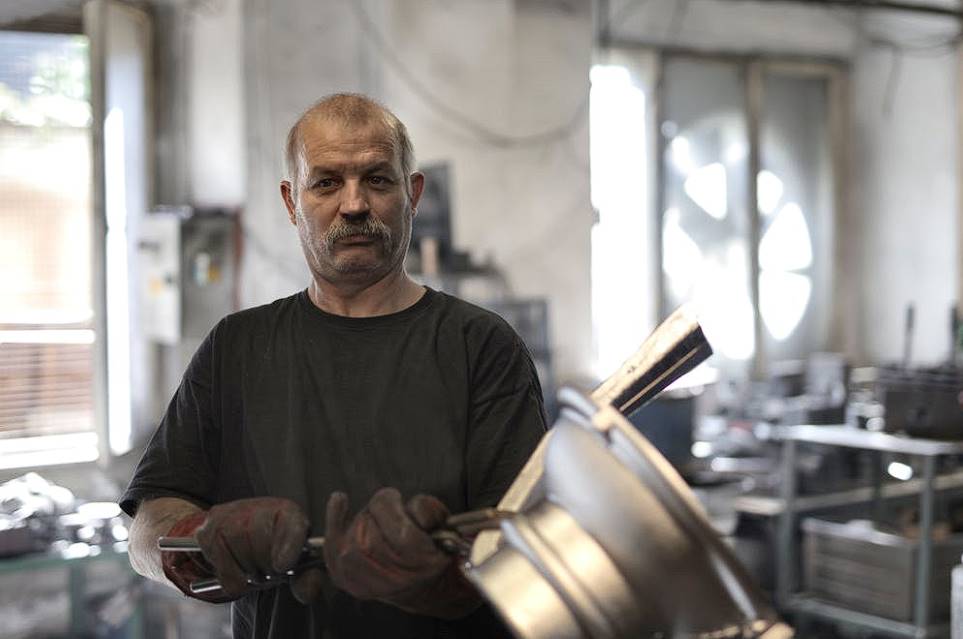
How The Rolling Process Actually Works
The rolling process involves moving a stock of material between two or more rollers to thin it out and keep it uniform in thickness. The thickness of the pressed metal or ingot was decreased thanks to this method's emphasis on the ingot's cross-section. When a material is rolled, its length is lengthened, its thickness is thinned, but its width remains the same.
Hot And Cold Rolling
Hot Rolling
Hot rolling, a method used in metalworking, involves heating the material to a temperature higher than its re-crystallization point. However, the metal cannot work hard because of the re-crystallization.
Cold Rolling
Unlike hot rolling, which is done at high temperatures, cold rolling is done at low temperatures, typically at room temperature. This results in a 20% boost in strength thanks to strain hardening, improved surface quality and steadfast tolerances.
Rolling Applications
Hot rolling is typically used for producing flat metal sheets or simple cross-sections like rail tracks. Hot-rolled metal is used for a variety of purposes, including, in general:
- Vehicle Chassis for Trucks
- Tubing and piping
- Wheels, rims, and clutch plates for automobiles
- Heaters for water
- Implements for farming
- Strappings
- Steel structure
- Stampings
- Materials for and parts of railroad hopper cars
- Armour plating highways and streets
- Shelves and closet doors
- Discs
Cold-rolled steel is used for a wide variety of products, including construction materials, steel drums, water heaters, hinges, tubing, shelving, lighting fixtures, metal containers, water heaters, frying pans, fan blades, lawnmowers, electronic cabinetry, and furniture.
Almost everything we use daily is made using cold or hot rolling, as evidenced by this list of rolled-metal applications.
Rolling Processes
The many types of rolling are as follows:
- Forming a roll
- Forming Rolls
- To roll flat
- To roll a ring
- Forming a structure via rolling
- Modulated pitching and
- Rolling a forge
Rolling Mill Varieties
The five main categories of rolling mills are as follows.
- Rolling mills with two levels
- rolling mills stacked three high
- Roller mills stacked four high
- Parallel rolling mills
- Rolling Mill Clusters
Lubrication For Rolling
Rolls and metal create friction throughout the rolling process. Therefore, lubrication is crucial. In addition, friction is beneficial because it advances the work between the roles. This highlights the significance of selecting an adequate lubricant for a rolling operation, as its presence is occasionally eliminated or decreased below an appropriate level.
Fluid lubricants with low viscosity, such as paraffin, are required while cold rolling steel. Nonferrous metals, such as aluminium, copper, and their alloys, can be cleaned with paraffin before heat treatment without fear of damaging the surface.
Lubrication may be unnecessary for hot rolling, but the steam produced by the gush of water is required to remove the accumulated scales. Instead of oil, however, graphite grease is applied.
The Most Frequent Problems With Rolling And How To Fix Them
The evolution of metal rolling from ancient manual techniques to cutting-edge factory machinery is fascinating. It's a complicated and demanding process that calls for extreme care. A few typical rolling flaws can occur regardless of the manufacturing method.
Rolling is passing metal stock between rollers to reduce thickness and uniform it. When the temperature is lower than the re-crystallization point, the process is called "cold rolling." Hot rolling refers to a process in which the material is subjected to temperatures over its re-crystallization point.
Here are some of the most frequent flaws in rolling and how to fix them:
Edge Cracks
The edges of the metal may crack during both hot and cold rolling. This happens because the surfaces of the workpiece are subjected to secondary tensile stresses. Uneven heating, rolling, or excessive quenching can all contribute to forming these fissures.
How Can I Repair Edge Cracks?
Edge breaks can be fixed by trimming. Additionally, tensional stretch and roller levelling may help prevent edge cracks. Finally, the use of edge rolls has the potential to smooth out uneven rolls.
Alligator Cracks
Rolling the metal stock could cause layers to separate, forming slabs with cracks resembling alligator skin. So instead of sticking to the rolled surface and following the route of the individual rolls, metal sheets are produced in the plane.
The uneven distribution of stress and strain across the sheet thickness is the primary cause of alligator cracking. Central areas of materials tend to spread more than the rest, leading to metallurgical weaknesses.
Can Alligator Cracking Be Fixed?
One frequent method of preventing alligator cracking is cambering the rollers. After a deflection, the surface that contacts the sheet becomes flat because of the camber applied to the rollers in the opposite direction.
Wavy Edges
Edge fibres that are noticeably longer than central fibres are a frequent rolling fault. This happens when concave rollers have elastic deformations as a result of bending. Because it is thicker in the middle, the sides must be longer.
How Do You Keep The Edges From Curving?
In cases when wavy edges are present, the usage of hydraulic jacks is effective. This is because these jacks control the elastic deformation of rolls. Additionally, using rolls with a narrower diameter improves productivity.
Zipper Cracks
This is due to microscopic fissures forming in the centre of the metal sheet. Zipper cracks typically develop when rolls buckle under the intense pressure of the rolling process. The result is tensile tension in the middle and compressive stress on the edges. Zipper cracks arise due to the tensile strains created at the workpiece by the homogenous deformation.
What Can Be Done About Broken Zippers?
Rolls can be protected from zipper breaks by being cambered. Because to camber, the inner diameter is somewhat larger than the outer diameter.
Center Buckling
The rolling process leaves behind residual tensions that eventually balance themselves out, leading to this flaw. When a metal buckles in the middle, the fibres in the middle are longer than those on the edges. When the crown of a hot or cold mill is too high, the mill will roll outward in the middle. Centre buckling can be understood as the result of a structural element being deflected laterally.
The Challenge Of The Center Buckle
To prevent centre buckling, use crowned rolls. The roll's parabolic curve takes care of the temperature, material, and deformation issues.

Advantages Of Metal Roll Forming
Some substantial benefits exist for metal roll forming over other metalworking methods.
Maximum Efficacy In Production
Roll forming is a fast and efficient method for mass-producing metal parts that are lower in weight. Computer-aided design (CAD) software manages the structural composition and design pattern, reducing the need for human involvement. Welding and punching are only examples of in-line services that can be integrated into roll-forming machinery to improve efficiency. The process is highly efficient because it requires less finishing and generates little waste.
Consistent Accuracy
Roll forming is an incremental process that uses a progressive bending of components to achieve precise results and close tolerances. Additionally, CAD software may direct the entire metal forming process to ensure a high-quality and uniform final result.
Versatility
Sheets of varying thicknesses made of ferrous or nonferrous metals can be profile-bent using roll forming. Components can have anything from a single bend to a complex geometry pattern, and both can be easily designed. This method works wonderfully for making U-channels, C-channels, and other open and closed geometries.
Capabilities In Fractional Dimensions
Since you can create metal components of varied lengths using just one set of equipment, the roll-forming technique eliminates the need for seams. For instance, stud and track technology can produce framing of any needed length. In addition, roll-forming equipment can handle longer sheets of material than brake pressing and stamping procedures can.
Cost-Efficiency
Since the finished product is more precise after being formed on a roll, less raw material is wasted. There will be less trimming, welding, and scrapping because the parts are high quality and consistent. Roll-forming businesses can pass on lower unit costs to the consumer thanks to economies of scale.
Conclusion
Rolling metal is a metal-forming technique that reduces material thickness while also spreading that reduction equally across the material. Moving a stock of material between two or more rollers will thin it out and keep it uniform in thickness. The term "hot rolling" refers to a technique in which the metal's temperature exceeds its re-crystallization temperature. To roll metal at a temperature below its re-crystallization temperature is known as cold rolling. Discussion topics include rolling's goal, benefits, drawbacks, definition, methods, operating principle, types, applications, hot and cold rolling, and lubricant function.
Hot rolling is a metalworking process in which the material is heated above its re-crystallization point in order to undergo a rolling action. Low-temperature rolling, known as "cold rolling," can increase strength by as much as 20%. Numerous products rely on hot-rolled metal, including chassis, tubing and piping, wheels, rims, and clutch plates for automobiles; water heaters; farming tools; strappings; steel structure; stampings; materials for and parts of railway hopper cars; armour plating for highways and streets; shelves and closet doors; discs. Modulated pitching, rolling a forge, rolling a ring, rolling flat, and rolling a forge are all examples of rolling processes. Steam is used to clear built-up scales and maintain adequate lubrication for rolling.
The most common issues with rolling can arise with any technique. Rolling is the process of moving metal stock between rollers to reduce thickness and homogenise it. Edge cracks, alligator cracks, wavy edges, and zipper cracks are typical of poor rolling. Trimming, tensional stretching, roller levelling, and the use of edge rolls are all viable options for repairing edges that have cracked. Adjusting the camber of the rollers eliminates alligator cracks.
The use of hydraulic jacks prevents the curling of wavy edges. Cambering is an effective method for repairing zipper splits. Roll forming metal allows for the rapid and efficient production of lightweight metal components at scale. In this method, components are bent one at a time to reach increasingly tight tolerances, making it an incremental process. Maximum efficiency, consistent accuracy, diversity, capabilities in fractional dimensions, cost-efficiency, economies of scale, and lower unit costs are only few of the benefits of metal roll forming.
When a structural part is bent laterally, it might cause the centre to buckle. Crowned rollers are effective in preventing central buckling. Maximum efficiency, consistent accuracy, diversity, capabilities in fractional dimensions, cost-efficiency, economies of scale, and lower unit costs are only few of the benefits of metal roll forming.
Content Summary
- Metal rolling is a process that improves the malleability and adaptability of metals.
- Metal rolling is used in manufacturing, automotive, aerospace, and construction industries.
- It can turn ingots into precision sheets or give complex shapes to metal components.
- Metal rolling involves reducing material thickness and distributing it uniformly.
- Hot rolling occurs at temperatures higher than the re-crystallization temperature of the metal.
- Cold rolling is done at low temperatures, resulting in increased strength and improved surface quality.
- Rolling is achieved by passing the material between two sets of rollers.
- Hot rolling is commonly used for producing flat metal sheets and rail tracks.
- Cold-rolled steel is used in construction materials, steel drums, water heaters, and more.
- Metal rolling is essential for various applications such as vehicle chassis, tubing, wheels, and heating elements.
- Rolling mills combine roll stands to perform metalworking operations.
- The rolling process elongates the length of the material while reducing its thickness.
- Lubrication is crucial in metal rolling to reduce friction between rolls and metal.
- Fluid lubricants like paraffin are used for cold rolling, while graphite grease is used for hot rolling.
- Common rolling flaws include edge cracks, alligator cracks, wavy edges, zipper cracks, and center buckling.
- Edge cracks can be repaired by trimming or using tensional stretch and roller leveling techniques.
- Alligator cracks can be prevented by cambering the rollers to distribute stress and strain evenly.
- Wavy edges can be minimized by using hydraulic jacks and rolls with a narrower diameter.
- Zipper cracks can be avoided by cambering the rolls to relieve tensile strains.
- Center buckling occurs due to residual tensions and can be prevented by using crowned rolls.
- Metal roll forming offers maximum efficiency in mass production with reduced human involvement.
- Roll forming ensures consistent accuracy and close tolerances through progressive bending.
- Roll forming is versatile and can create components with varying thicknesses and complex geometries.
- The technique eliminates the need for seams, allowing for fractional dimensions and longer sheets.
- Metal roll forming reduces waste and is cost-efficient due to high-quality and consistent parts.
- Roll forming can integrate additional in-line services like welding and punching.
- Computer-aided design (CAD) software is used to manage the structural composition and design pattern.
- Metal roll forming is widely used in the production of U-channels, C-channels, and other profiles.
- The process generates less waste and requires minimal finishing compared to other methods.
- Economies of scale in roll-forming businesses result in lower unit costs for consumers.
Frequently Asked Questions
Several factors can influence the rolling process, including the type and composition of the metal, the reduction in thickness desired, the speed of the rolls, the temperature, lubrication, and the geometry of the rolls.
Safety precautions during metal rolling include ensuring the rolls are properly guarded, wearing appropriate personal protective equipment (PPE), following safe work practices, and being cautious of potential hazards, such as nip points and flying debris.
Yes, metal rolling can be utilised in metal recycling processes. It can help convert scrap metal into usable forms by reducing the thickness or changing the shape of the metal, allowing it to be further processed or formed into new products.
Metal rolling has some limitations, such as restrictions on the shape complexity that can be achieved, residual stresses in the rolled metal, and the need for additional processes to achieve precise dimensions or surface finishes.
Many metals can be rolled, including steel, aluminium, copper, brass, and various alloys. The suitability of metal for rolling depends on its flexibility and ability to withstand the forces applied during the process.

